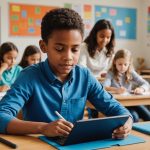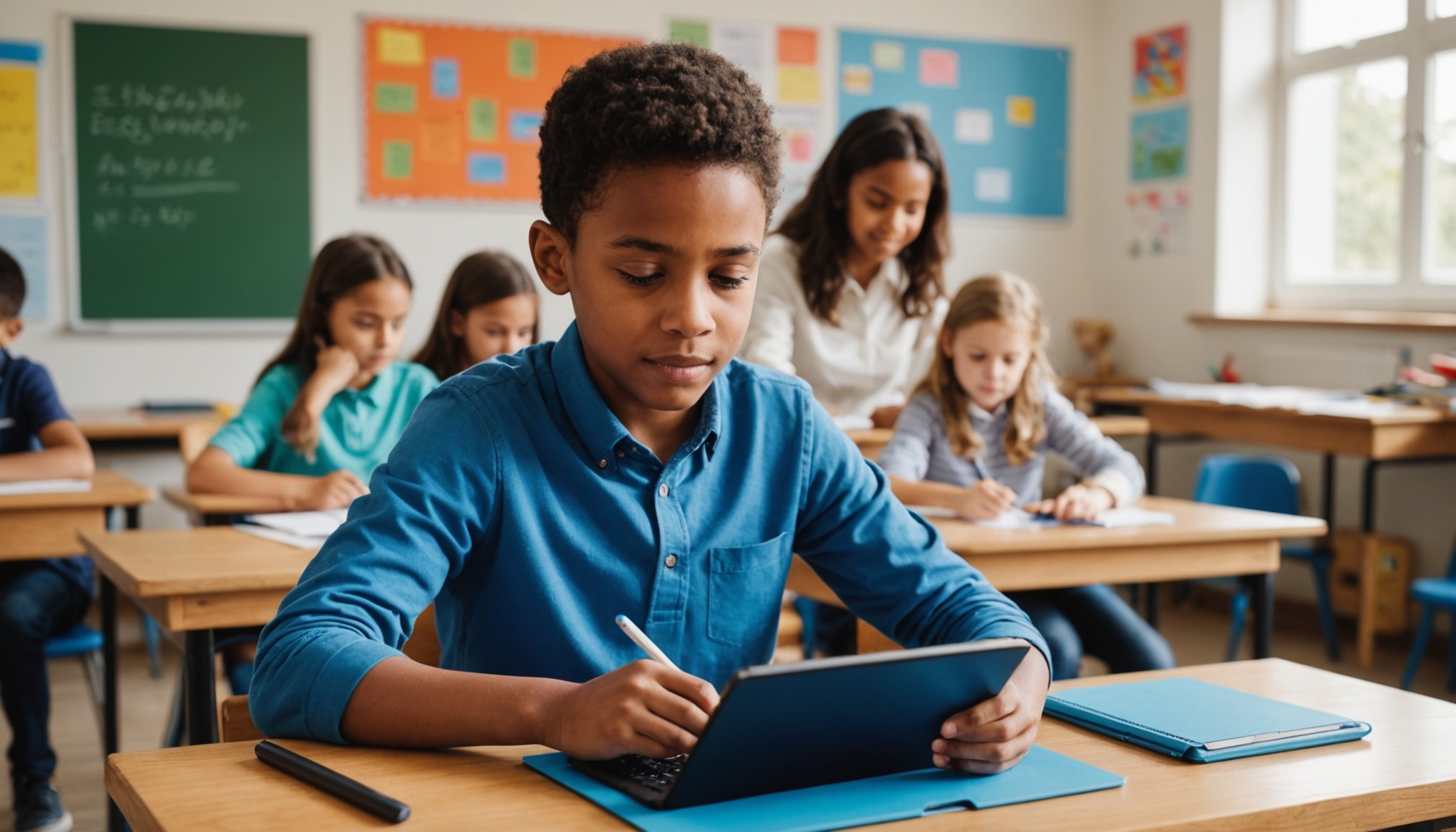Remote learning has become an essential component of education, especially in the wake of global changes and challenges. As we continue to adapt to a rapidly evolving world, it’s crucial to understand how technology can enhance remote education for primary and secondary students. With technological tools, we can offer students engaging, accessible, and personalized learning experiences. This article delves into the role technology plays in supporting remote learning and explores the various facets that make it an indispensable ally in modern education.
Personalized Learning Experiences
The concept of personalized learning isn’t new, yet technology has supercharged its potential. In a remote learning environment, it’s pivotal for educational content to cater to the individual needs of each student. Adaptive learning technologies provide an opportunity for educators to tailor content that meets students where they are in their education journey.
Also to see : What measures can be taken to protect endangered species in the UK?
Adapting to Individual Needs
Technological tools enable educators to assess students’ strengths and weaknesses efficiently. With data-driven insights, teachers can modify lessons to ensure that each student receives the support they need. This customization process allows students to advance at their own pace, ensuring that they fully grasp fundamental concepts before moving forward.
Engaging Platforms
Interactive platforms such as online quizzes, video lessons, and educational games create a more engaging learning environment. These tools not only keep students motivated but also encourage them to take an active role in their learning process. They can replay videos, retake quizzes, and engage in gamified learning experiences, which reinforces their understanding in a fun and interactive way.
Additional reading : How can the UK leverage its cultural heritage to boost tourism sustainably?
Accessibility for All
Technology breaks down geographical and physical barriers, giving all students access to quality education. With features like screen reading and voice-to-text, students with disabilities can interact with content in ways that suit them best. This level of accessibility ensures that no student is left behind due to physical limitations.
Enhancing Collaboration and Communication
In a traditional classroom, collaboration and communication are foundational elements. Remote learning necessitates a reimagining of these interactions. Technology offers a multitude of ways to foster collaborative learning and seamless communication among students and educators.
Virtual Classrooms
Platforms like Zoom and Microsoft Teams have become staples in remote learning. These tools offer virtual classrooms where students and teachers can interact in real-time, mimicking the face-to-face experience. By utilizing breakout rooms, students can engage in small group discussions, projects, and peer reviews, replicating the collaborative nature of in-person classes.
Discussion Forums and Social Learning Networks
Online forums and learning networks provide spaces for students to discuss course material and share insights outside of live sessions. These platforms encourage students to ask questions, clarify doubts, and exchange ideas, which enhances their understanding and retention of the subject matter.
Teacher-Student Communication
Effective communication is vital for a successful learning experience. Technological tools like email, chat platforms, and messaging apps ensure that students can reach out to their educators with ease. This open line of communication allows for timely feedback, support, and guidance, which are crucial for student development.
Resource-Rich Learning Environment
Technology has transformed the availability of educational resources, turning the internet into a vast library of knowledge. For students in primary and secondary education, access to a diverse range of materials is fundamental to their learning success.
Diverse Learning Materials
Online resources offer a variety of materials, from e-books and scholarly articles to documentaries and podcasts. This wealth of information means that students are not limited to traditional textbooks. Instead, they have the opportunity to explore subjects in depth and from multiple perspectives.
Interactive Content
Educational websites and apps provide interactive content that makes learning more relatable and engaging. Simulations, virtual labs, and 3D models allow students to experiment and visualize concepts that might be abstract or complex. This hands-on approach facilitates a deeper understanding of subjects such as science and mathematics.
Up-to-Date Information
Digital platforms ensure that learners have access to the latest information and discoveries. Unlike printed textbooks, which might become outdated, online resources can be continually updated to reflect new developments, ensuring that students are learning the most current information available.
Preparing Students for a Technological Future
In today’s technology-driven world, it’s crucial to equip students with the skills they need to thrive in a digital landscape. Remote learning environments offer a unique opportunity to integrate digital literacy into the curriculum, preparing students for future challenges.
Developing Tech Skills
Through remote learning, students are exposed to various technological tools and platforms, enhancing their digital skill set. They learn to navigate different software, use online resources, and understand digital communication protocols, all of which are invaluable in the workforce.
Critical Thinking and Problem-Solving
Technological integration in learning encourages students to think critically and solve problems creatively. With access to a wide array of information, students are tasked with evaluating sources, analyzing data, and drawing informed conclusions, promoting critical thinking.
Encouraging Innovation
Remote learning environments foster a culture of innovation. Students are encouraged to use technology creatively, whether it’s coding a new app, developing a digital art project, or conducting virtual science experiments. This emphasis on innovation prepares students to be leaders and innovators in their respective fields.
As we’ve explored, technology plays an indispensable role in supporting remote learning for primary and secondary education. By offering personalized learning experiences, enhancing collaboration, providing abundant resources, and preparing students for a technological future, technology proves to be a powerful ally in modern education. As we continue to navigate the complexities of global education, embracing technology will ensure that students are equipped with the skills and knowledge they need to succeed in an ever-changing world.











